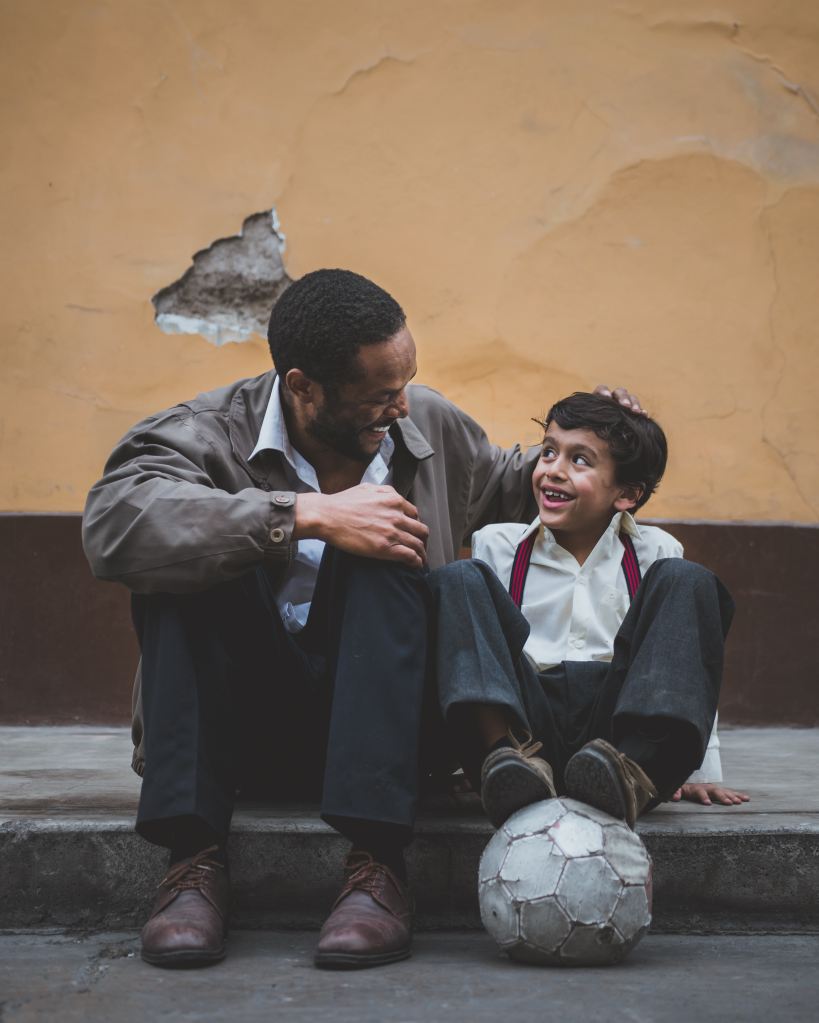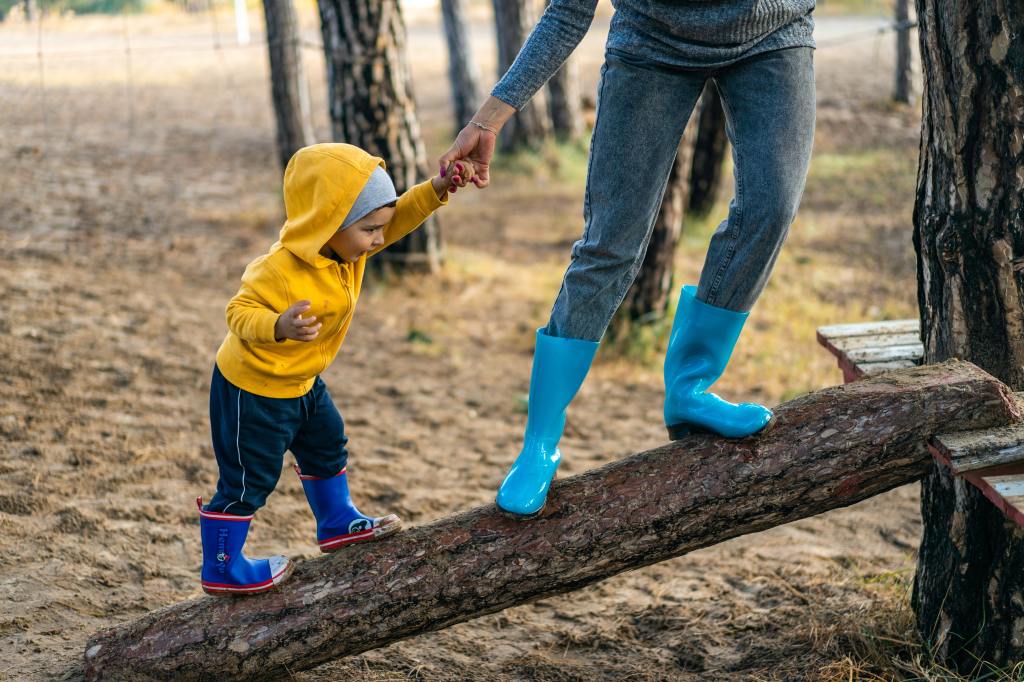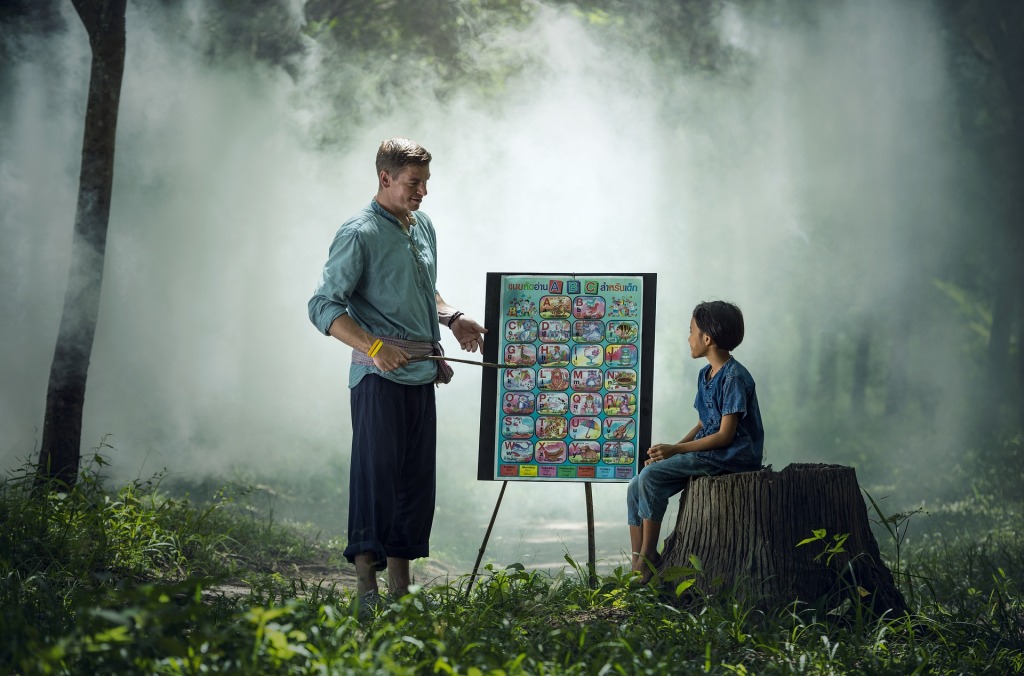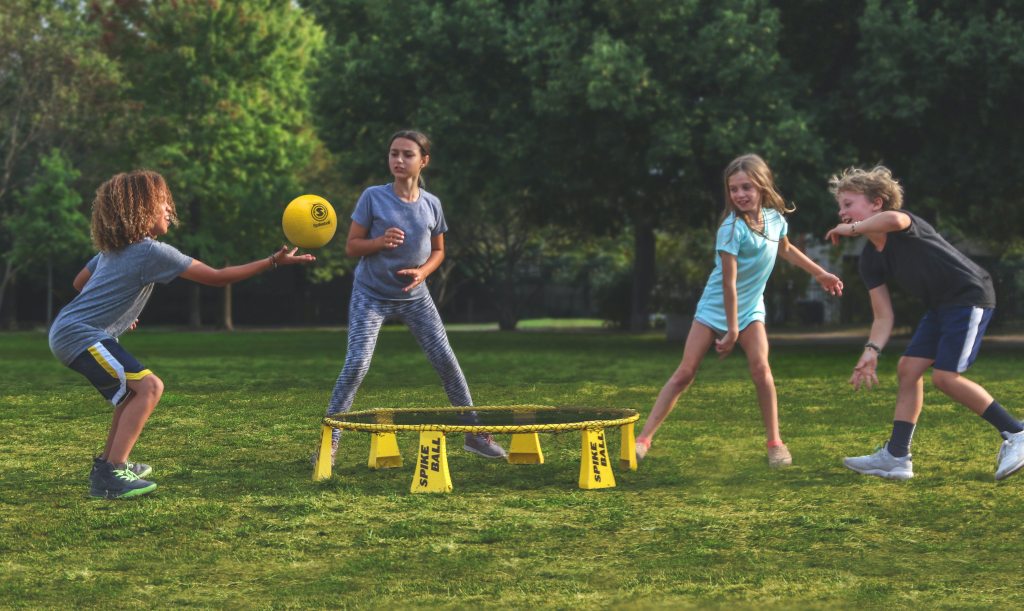Parenting can sometimes feel like juggling multiple roles. There are countless things to consider when it comes to ensuring the well-being and success of our children. From their academic performance to their social lives, we want them to be happy, healthy, and successful in every area of their lives. However, there is one area that is often overlooked or undervalued when it comes to our children’s development: social-emotional learning (SEL).

Social-emotional learning is the process of developing the skills and competencies that enable us to understand and manage our emotions, build positive relationships, and make responsible decisions. This involves a range of skills, including self-awareness, self-regulation, empathy, and social skills. While these skills may not be as tangible or measurable as academic skills, they are just as important when it comes to our children’s success in school and in life.
One of the reasons why social-emotional learning is so crucial is that it helps children to develop a strong sense of self-awareness. This involves understanding and recognizing their own emotions, as well as the emotions of others. When children can identify and express their emotions in a healthy and productive way, they are better equipped to manage their feelings and respond to challenges in a positive and effective way.
Additionally, social-emotional learning helps children to develop strong relationships with others. This includes developing empathy and understanding for others, as well as building healthy communication skills and conflict resolution strategies. When children form positive relationships with others, they are more likely to feel supported and connected, which can lead to improved mental health and overall well-being.
Another benefit of social-emotional learning is that it helps children to make responsible decisions. When children can understand and manage their emotions, they are better equipped to make informed and thoughtful decisions. This includes decisions related to their academic performance, their social lives, and their overall health and well-being.
So, how can parents incorporate social-emotional learning into their child’s everyday learning? One way is to focus on building emotional intelligence through regular communication and modeling positive behaviors. This may involve talking with your child about their emotions, helping them to identify and label their feelings, and discussing strategies for managing challenging emotions.
Additionally, parents can encourage their children to develop strong social skills by providing opportunities for social interaction and collaboration. This may involve setting up play dates, encouraging participation in team sports or clubs, and promoting positive communication skills in the home.
Another important aspect of social-emotional learning is developing a growth mindset. This involves helping children to understand that their abilities and skills are not fixed but can be developed through effort and practice. When children are able to approach challenges with a growth mindset, they are more likely to persevere and overcome obstacles.
It is also important for parents to model positive social-emotional behaviors themselves. This includes demonstrating empathy, communicating effectively, and managing their own emotions in a healthy and productive way. When children see these behaviors modeled by their parents and caregivers, they are more likely to adopt them themselves.
So, how do you inculcate social-emotional learning in your children? Share with us in the comments below.








